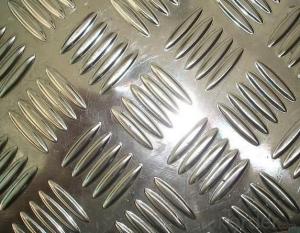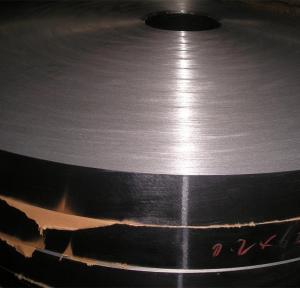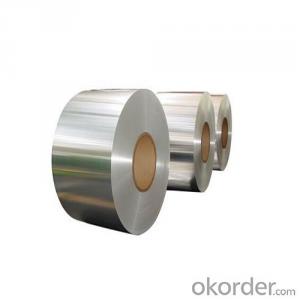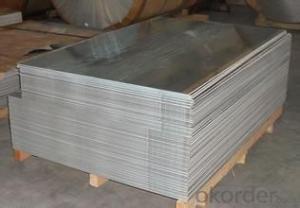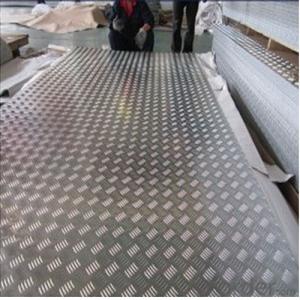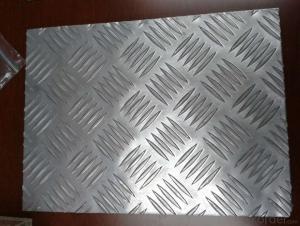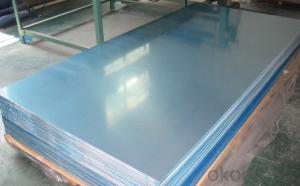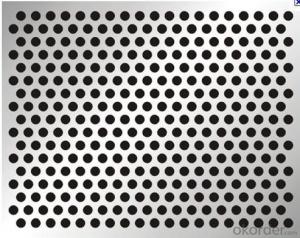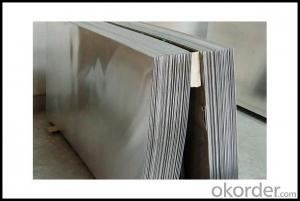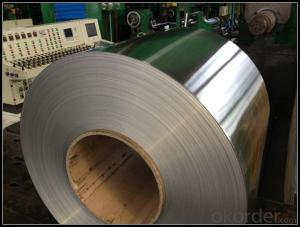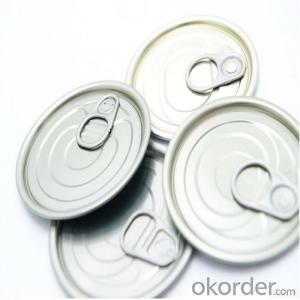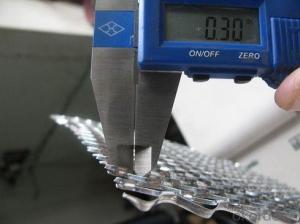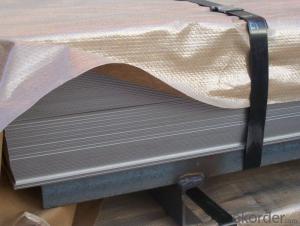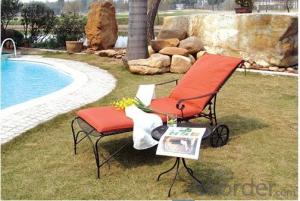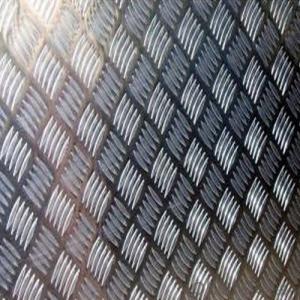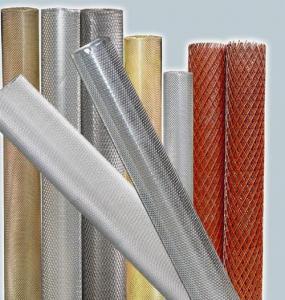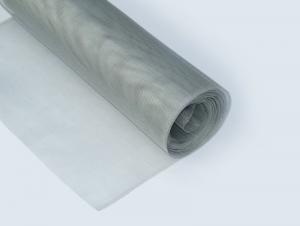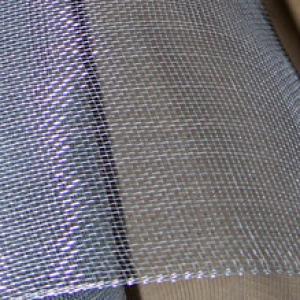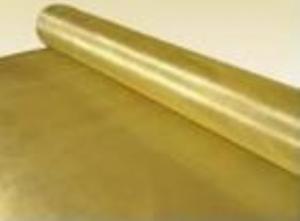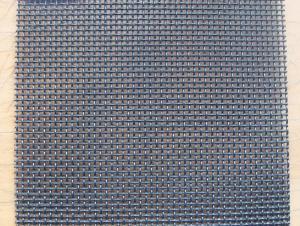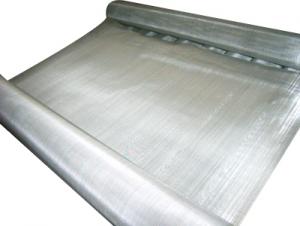Aluminum Diamond Plate Strength
Aluminum Diamond Plate Strength Related Searches
Aluminum Diamond Plate Thickness Aluminum Diamond Plate Weight Aluminum Diamond Plate Material Aluminum Diamond Plate Cost Aluminum Diamond Plate Prices 1/4 Inch Aluminum Plate Strength Welding Aluminum Diamond Plate Aluminum Diamond Plate Panels Cost Of Diamond Plate Aluminum Aluminum Black Diamond Plate Aluminum Diamond Plate Strips Aluminum Diamond Deck Plate Black Diamond Plate Aluminum Density Of Aluminum Plate Aluminum Plate Thicknesses Aluminum Diamond Plate Angle Polished Aluminum Diamond Plate Aluminum Diamond Plate Cooler Bending Aluminum Diamond Plate Buy Aluminum Diamond Plate Diamond Tread Plate Aluminum Bending Diamond Plate Aluminum Stick On Aluminum Diamond Plate Black Aluminum Diamond Plate Thickness Of Aluminum Plate Aluminum Diamond Plate Roll Diamond Plate Sheet Aluminum Weight Of Aluminum Plate Aluminum Diamond Tread Plate White Aluminum Diamond PlateAluminum Diamond Plate Strength Supplier & Manufacturer from China
Aluminum Diamond Plate Strength is a type of aluminum material that features a diamond-shaped pattern on its surface, providing enhanced grip and durability. This product is known for its superior strength and resistance to corrosion, making it an ideal choice for various applications. The aluminum diamond plate is widely used in industries such as construction, automotive, and marine, where high-strength materials are required to withstand harsh conditions and heavy loads.The aluminum diamond plate strength is utilized in various scenarios, including flooring, stair treads, ramps, and platforms, where slip resistance and durability are crucial. This product is also commonly used for manufacturing truck beds, tool boxes, and other equipment that needs to be lightweight yet strong. Its non-slip surface ensures safety in wet or oily conditions, while its corrosion resistance makes it suitable for outdoor use and in environments with high humidity or chemical exposure.
Okorder.com is a reputable wholesale supplier of aluminum diamond plate strength, offering a vast inventory of this high-quality material. With a commitment to providing excellent customer service and competitive prices, Okorder.com has become a go-to source for businesses and individuals seeking reliable and robust aluminum diamond plate strength products.
Hot Products







